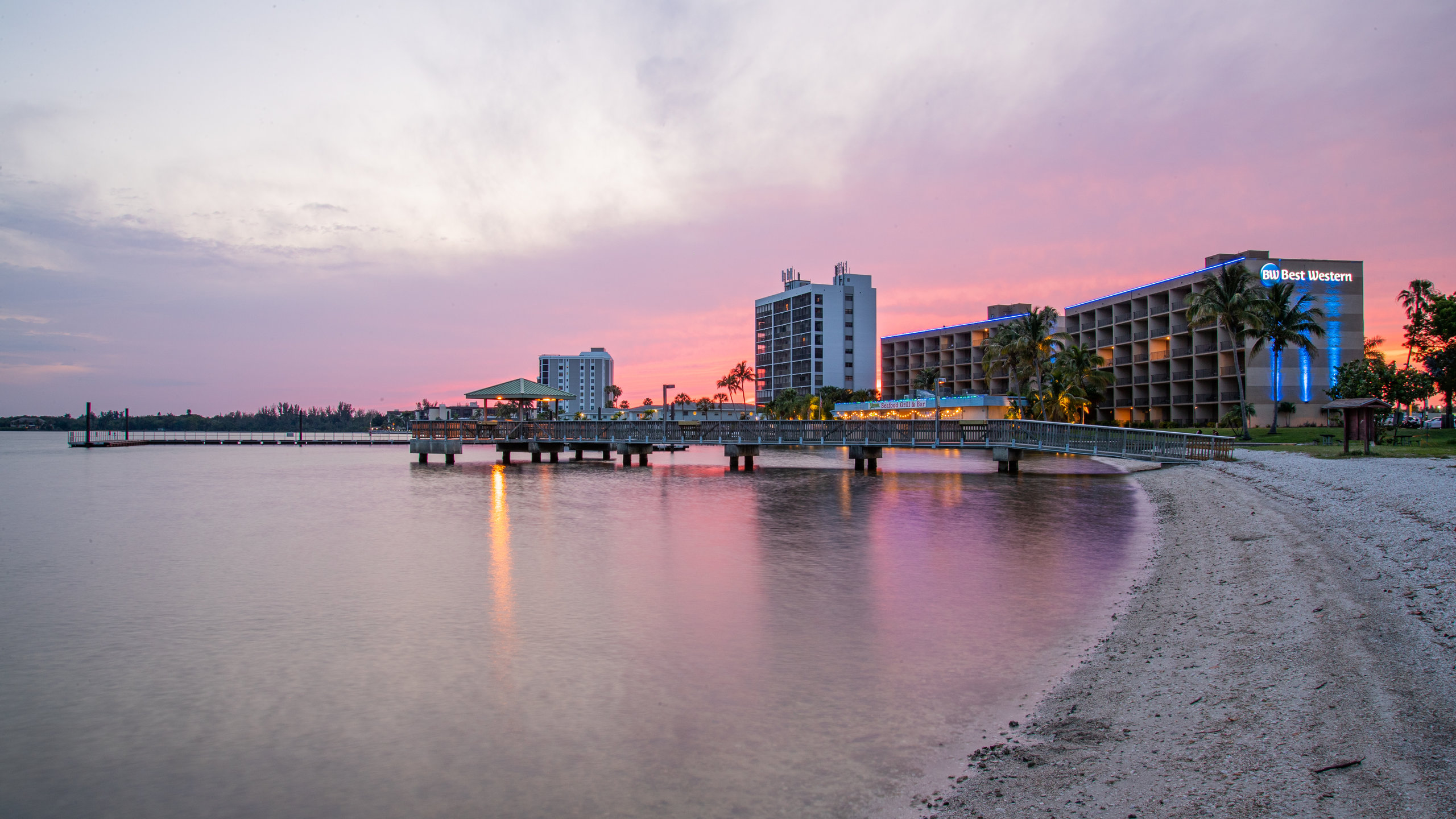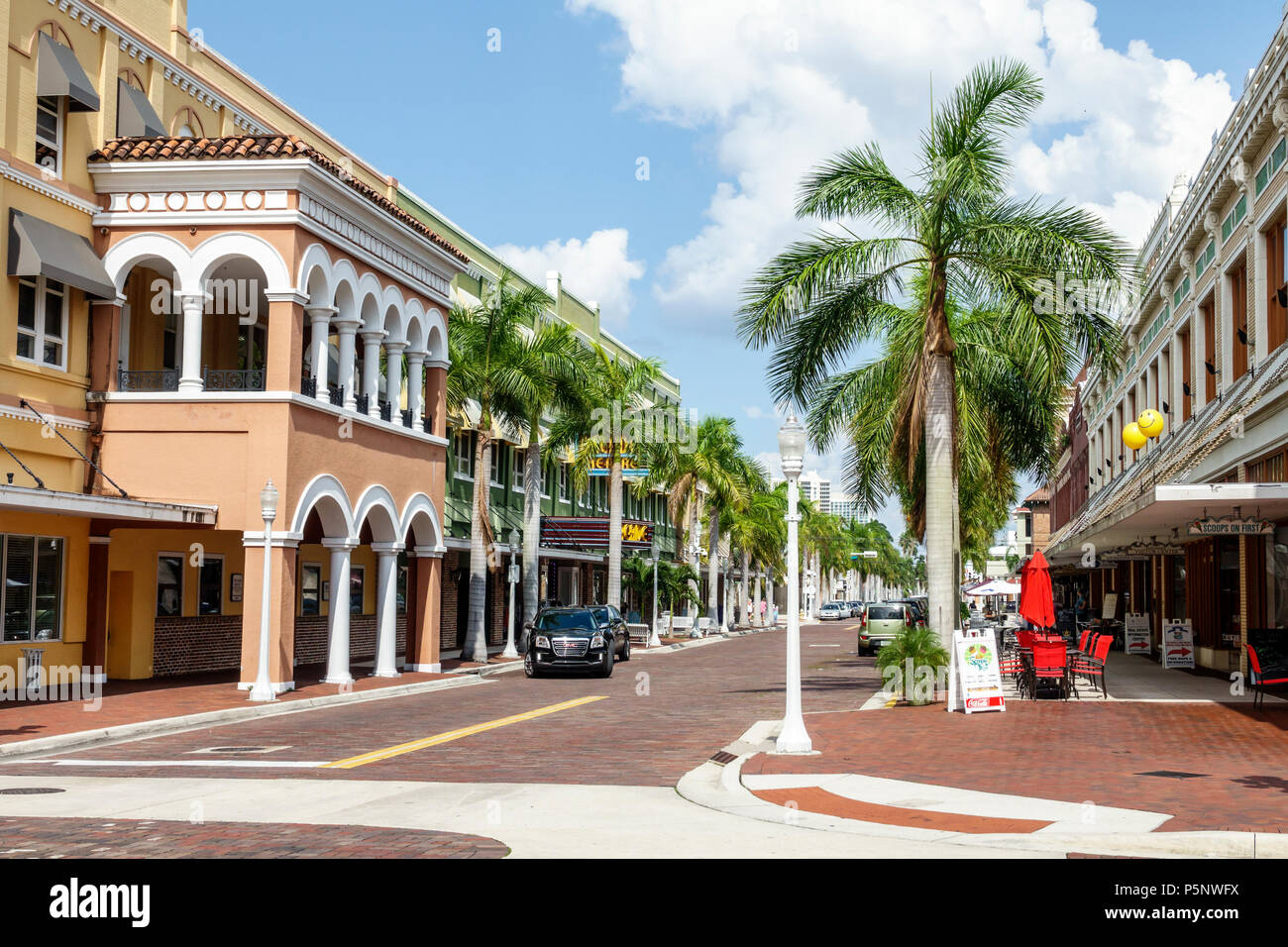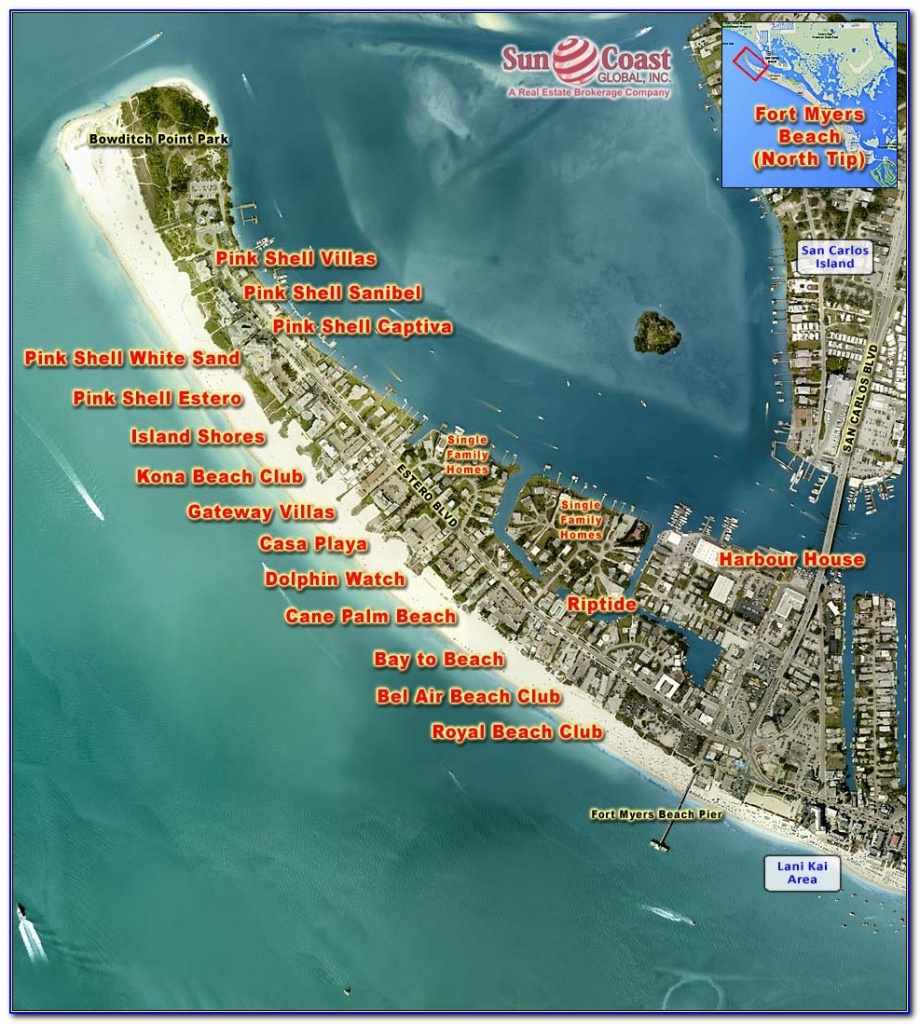
Fort Myers, Florida: Where Innovation Meets Resilience on the Caloosahatchee
Nestled along the serene shores of Southwest Florida, where the Caloosahatchee River gently empties into the Gulf of Mexico, lies Fort Myers – a city that gracefully blends rich history, natural splendor, and an enduring spirit of innovation. Often dubbed the "City of Palms" for its verdant avenues lined with stately royal palm trees, Fort Myers offers more than just picturesque landscapes; it’s a vibrant tapestry woven from the threads of pioneering spirit, scientific curiosity, and a community’s unwavering resolve in the face of nature’s challenges.
From its indigenous roots to its strategic role in American history, and from becoming a winter haven for some of the nation’s greatest minds to its contemporary status as a thriving economic and cultural hub, Fort Myers holds a unique position in Florida’s diverse narrative. It is a place where the past is palpable in historic districts, where the future is being built with an eye towards sustainability, and where the natural environment remains a paramount, if sometimes precarious, treasure.
A Strategic Past: From Calusa to Civil War Outpost

Long before European settlers cast their gaze upon its shores, the land that is now Fort Myers was home to the Calusa people, a powerful and sophisticated Native American civilization renowned for their complex shell mounds and formidable maritime skills. They thrived on the abundant resources of the estuaries and the Gulf, leaving behind archaeological evidence of their advanced culture.
The arrival of the Spanish in the 16th century marked the beginning of profound changes, though permanent European settlement was slow to take hold. It was the tumultuous era of the American Civil War that truly put Fort Myers on the map. In 1841, a military fort, named after Colonel Abraham C. Myers, the son-in-law of the commanding general of the Department of Florida, was established here. Its purpose was to provide a strategic outpost against the Seminole Indians and later, during the Civil War, to protect Union interests in a largely Confederate state. Though the original fort was abandoned and dismantled, its name endured, laying the foundation for the city that would rise in its place.
Following the war, the area began to attract pioneers, drawn by the fertile land and the promise of new beginnings. The late 19th century saw the arrival of steamboats, which connected Fort Myers to the wider world via the Caloosahatchee River, bringing in goods and settlers and facilitating the export of local produce. This river, a natural artery flowing from Lake Okeechobee, was, and remains, crucial to the city’s identity and prosperity.
The Golden Age of Innovation: Edison and Ford’s Winter Retreat
Perhaps no two figures are more synonymous with Fort Myers’ transformation than Thomas A. Edison and Henry Ford. Their decision to establish winter estates here in the late 19th and early 20th centuries profoundly shaped the city’s character and put it on the national stage.
Edison, the "Wizard of Menlo Park," first visited Fort Myers in 1885 and immediately fell in love with its climate and abundant flora. He purchased 14 acres along the Caloosahatchee River and built "Seminole Lodge," a sprawling estate that served as his winter home, laboratory, and botanical garden. Here, he pursued his passions beyond invention, conducting agricultural experiments, particularly with rubber-producing plants, hoping to find a domestic source for the vital material. His famous quote, "There is no substitute for hard work," certainly manifested in his relentless curiosity and tireless experimentation, even during his supposed "vacations."
A few decades later, Edison’s dear friend, automobile pioneer Henry Ford, bought the adjacent property, "The Mangoes," in 1916. Their proximity fostered a legendary friendship, often joined by Harvey Firestone, the tire magnate, forming a trio of American industrial titans who shared not only a passion for innovation but also for the natural world. Their winter sojourns in Fort Myers were a period of relaxation, shared intellectual pursuits, and often, collaborative scientific endeavors.
Today, the Edison and Ford Winter Estates stand as a magnificent testament to their legacy, drawing hundreds of thousands of visitors annually. The museum, laboratories, and botanical gardens offer a captivating glimpse into their lives and work, showcasing their inventions, their homes filled with period furnishings, and the exotic plants they cultivated. The Estates are not merely a historical site; they are a living classroom, inspiring new generations with the spirit of innovation and the beauty of scientific exploration. "It’s a place where history truly comes alive," notes a docent at the Estates, "You can almost hear their conversations by the river."

Modern Fort Myers: Tourism, Culture, and the Great Outdoors
Beyond its historical allure, modern Fort Myers thrives as a multifaceted destination. Tourism remains a cornerstone of its economy, attracting visitors with its year-round sunshine, access to pristine beaches, and a relaxed, welcoming atmosphere. While Fort Myers itself boasts lovely stretches of sand, it serves as the gateway to some of Florida’s most iconic barrier islands, including Sanibel and Captiva. These islands, famous for their shelling opportunities, untouched nature preserves, and tranquil ambiance, are just a short drive across causeways, making Fort Myers a strategic base for island hopping.
The city’s downtown River District has undergone a remarkable revitalization in recent decades. Historic buildings, once faded, now house trendy restaurants, art galleries, boutiques, and vibrant nightlife. Monthly Art Walks and various festivals transform the streets into lively public spaces, fostering a strong sense of community and cultural engagement. The Sidney & Berne Davis Art Center, housed in a beautifully restored historic building, serves as a hub for visual and performing arts, further enriching the cultural landscape.
For outdoor enthusiasts, Fort Myers is a paradise. The Caloosahatchee River offers endless opportunities for boating, fishing, and kayaking, providing a vital connection to the Gulf. The extensive network of mangrove estuaries and nature preserves, such as the Six Mile Cypress Slough Preserve, teems with diverse wildlife, including manatees, dolphins, alligators, and countless species of birds. Birdwatching is particularly popular, with the area falling within major migratory routes. The subtropical climate allows for year-round enjoyment of golf, tennis, and other outdoor activities, solidifying Fort Myers’ reputation as a haven for an active lifestyle.
Challenges and Resilience: A Community Tested by Nature
However, Fort Myers, like many coastal communities, is not without its challenges. Rapid population growth has placed increasing pressure on infrastructure and natural resources. Environmental concerns, such as water quality issues in the Caloosahatchee River, often linked to discharges from Lake Okeechobee, and the recurring phenomenon of red tide, are ongoing battles for residents and environmentalists.
Yet, perhaps the most profound challenge faced in recent memory was the devastating impact of Hurricane Ian in September 2022. The Category 4 storm, with its catastrophic storm surge and punishing winds, ravaged the region, particularly the coastal areas of Fort Myers Beach, Sanibel, and Captiva. Homes were obliterated, businesses destroyed, and lives irrevocably altered. The scale of destruction was immense, a stark reminder of the raw power of nature.
In the aftermath, the world witnessed the remarkable resilience and unwavering spirit of the Fort Myers community. Volunteers poured in, aid flowed, and residents, though heartbroken, immediately began the arduous process of rebuilding. The stories of neighbors helping neighbors, of local businesses rising from the rubble, and of the collective determination to restore their beloved home, became a powerful testament to the community’s strength. As one local business owner, surveying the remains of his restaurant, simply stated, "We’ve lost a lot, but we haven’t lost our spirit. We’re Fort Myers strong, and we will rebuild, better than before." The recovery effort continues, a long and arduous journey, but one undertaken with courage and solidarity.
Looking Ahead: A Future Shaped by Growth and Sustainability
As Fort Myers continues its recovery and looks towards the future, it faces the complex task of balancing growth with sustainability. The region remains an attractive destination for retirees, families, and businesses, drawn by the quality of life, favorable climate, and burgeoning economy. New developments are rising, and the population continues to expand, bringing with it both opportunities and pressures.
The city’s leadership and community groups are increasingly focused on smart growth initiatives, environmental protection, and enhancing the quality of life for all residents. Investments in infrastructure, water quality projects, and hurricane preparedness are paramount. The goal is to preserve the unique charm and natural beauty that have always defined Fort Myers, while fostering a dynamic and prosperous future.
Fort Myers, Florida, is more than just a dot on the map; it’s a living narrative. It’s the whisper of Calusa canoes on the river, the echoes of Edison’s experiments, the laughter of children on sun-drenched beaches, and the quiet determination of a community rebuilding after a storm. It is a city that has always looked forward, always adapted, and always held dear the unique blend of history, nature, and innovation that defines its soul. As the sun sets over the Caloosahatchee, casting a golden glow on the royal palms, Fort Myers stands as a testament to the enduring American spirit – resilient, inventive, and forever rooted in the promise of a bright tomorrow.


